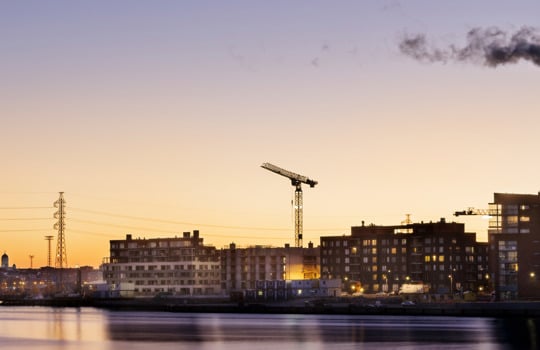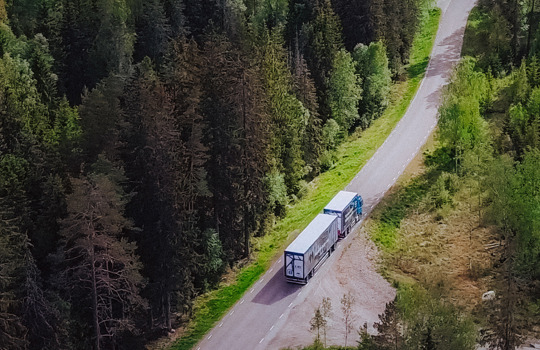Energy thoughts: The renewable energy market – too hot to handle?
Wind and solar energy is increasing at a rapid pace while fossil energy is being ramped down. This is good news for the climate, but is it driving us towards problems on the operative side?
During the last two decades the media’s attention has been focused on emission reductions and the transition to renewable energy sources. Environmentally friendly energy has been the goal, as the world is fighting against global warming.
Fossil fuels are not a viable future solution for energy. Carbon emissions need to be reduced to zero as soon as possible. Coal, oil, lignite and gas are a thing of the past. Old fossils of the modern times.
The financial community has also picked up the message. Investments in the energy space are nearly all going to renewable energy solutions. Wind & solar power projects have received a massive influx of money. Their production capacities have grown tenfold.
The size of these renewable energy sources has started to be significant. As an example, on windy days, power prices in Finland have collapsed to zero or have even gone negative. In a similar way, on a sunny day in April, the Spanish power prices were trading at negative territory for the first time ever. This is good for power consumers, right? In the short-term yes, but the long-term impacts are necessarily not so good.
Intermittency challenge is growing
During the past few years the investments into renewable energy have been massive. The pipeline for new wind and solar power parks is changing the power market dynamics significantly. At the same time, we have seen companies closing polluting energy production at an increasing speed. Unfortunately this means we are simultaneously removing stable base load energy production from the system and replacing it with variable volume unpredictable energy production.
This intermittency challenge is growing day by day. Industrial companies usually run their operations non-stop every single day. What happens if the wind is not blowing, or the sun is not shining? In this scenario, are the industrial companies getting the power they need? In the current situation yes, but in the future, it could be a challenge.
"The market is booming. It might even be too hot, and future growth could actually be in jeopardy."
The negative prices in the power market are equally concerning: new investments into renewable energy production could be postponed or completely stopped. Investors are not able to get sufficient returns from the projects if current negative price events are becoming more frequent. According to S&P Global analysis, Spanish solar power has had less than 60% capture ratios in 2024 and the forecast for the year 2025 is reaching below 40%.
More investment into storage and flexibility is needed
The wind & solar generation capacity is forecasted to grow 26% from 2022 to 2024 and a whopping 44% by the year 2025. In capacity terms, the growth is 96 GW by 2024 and 150 GW by 2025. Those are not small figures.
These growth figures show that the market is booming. It might even be too hot, and future growth could actually be in jeopardy.
In the future hydrogen production solutions will increase demand even further. Additional investments into other battery solutions or short-term energy storage solutions are also required. Without additional flexible energy demand and without sufficient energy storages, the power market is not manageable.
From an environmental perspective the future is bright, but unfortunately, from an operational perspective, we have a lot of things that we still need to solve. Driving the energy transition too hastily can lead to a situation without a proper backup solution.
Jouni Liimatta, Head of Trading & Optimizing



